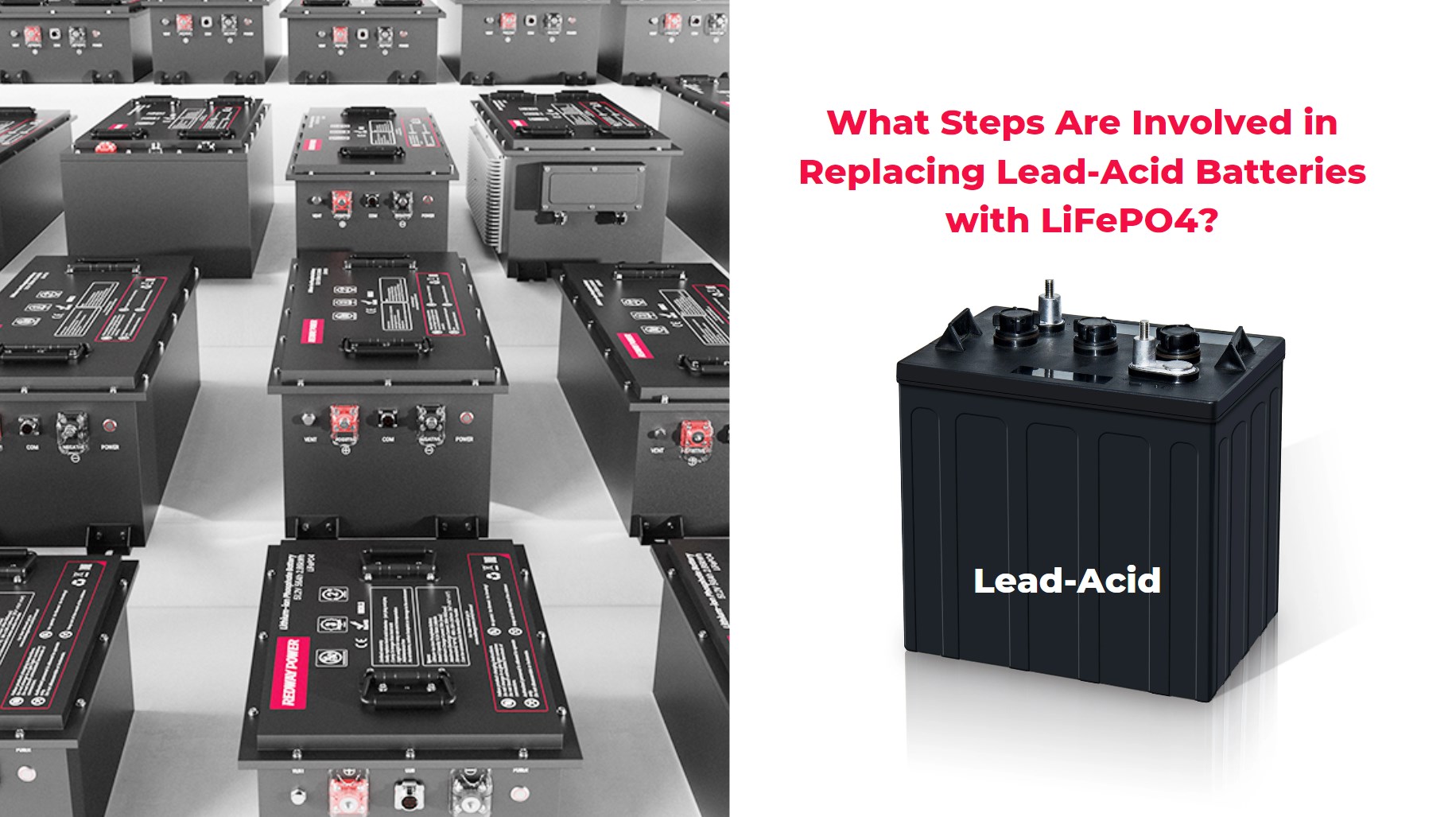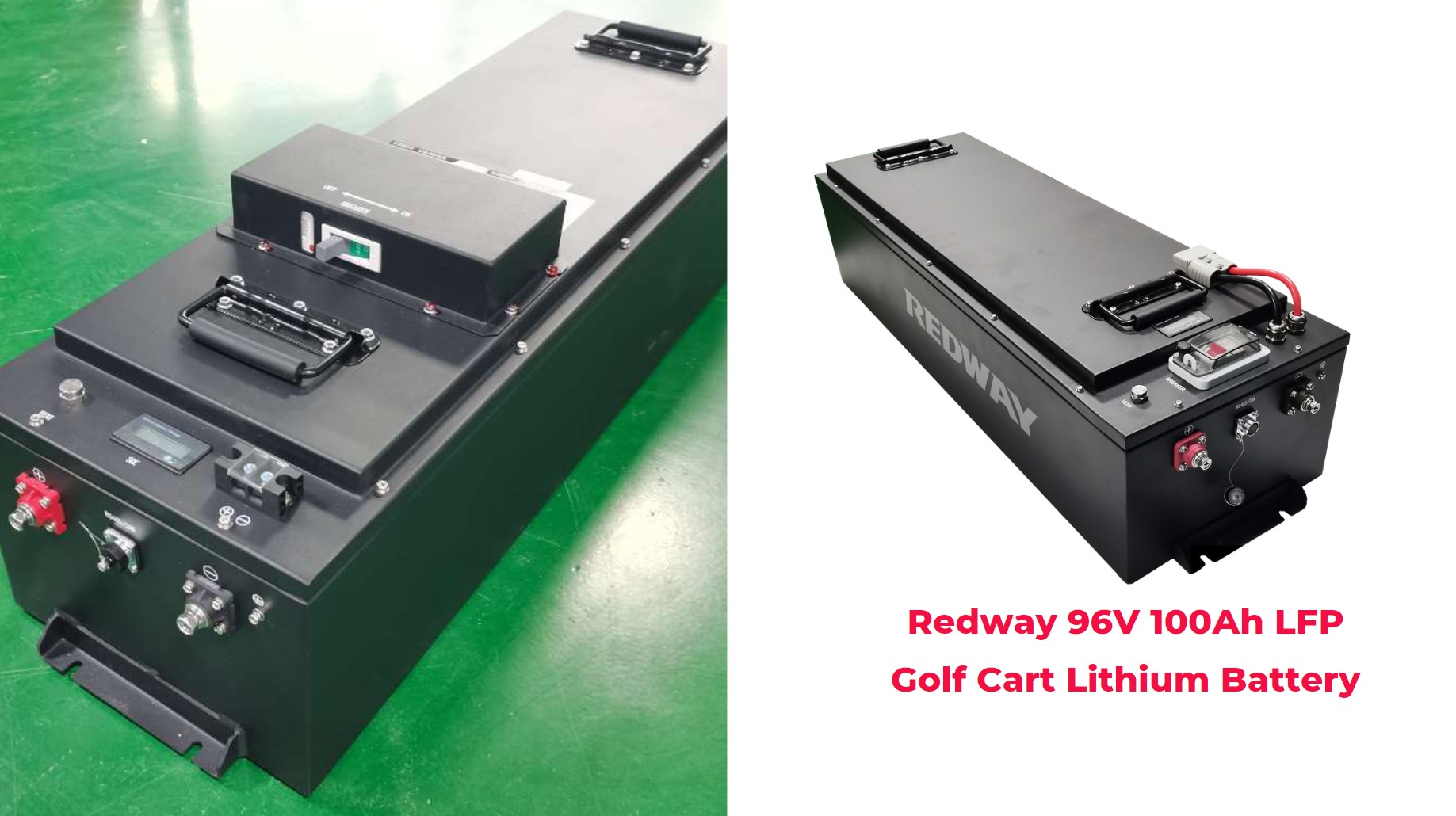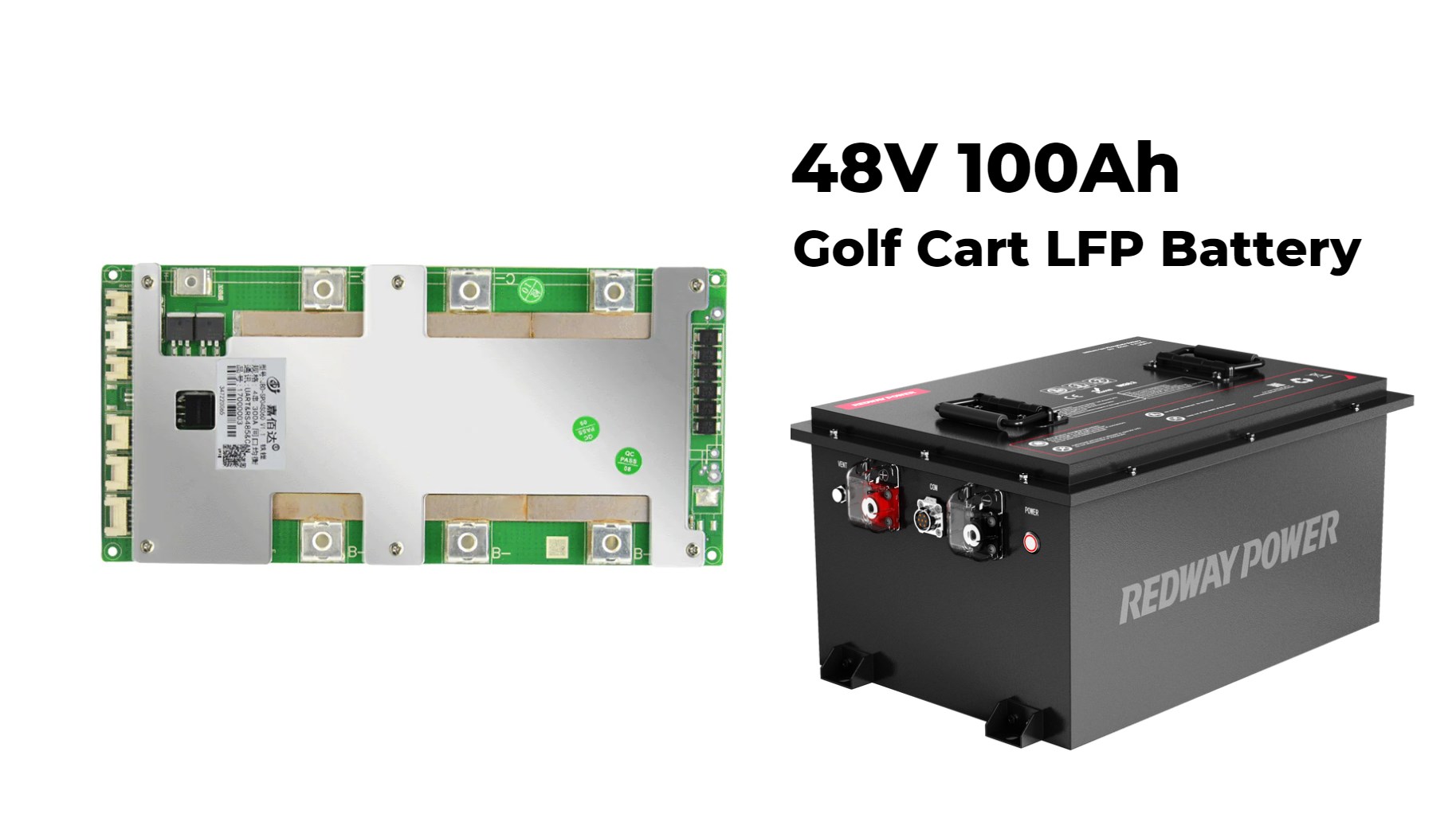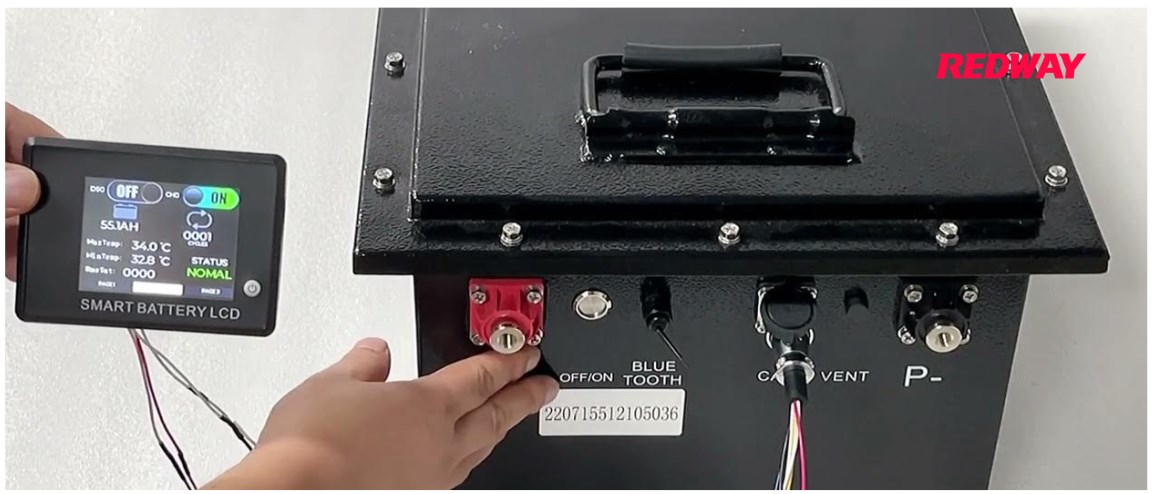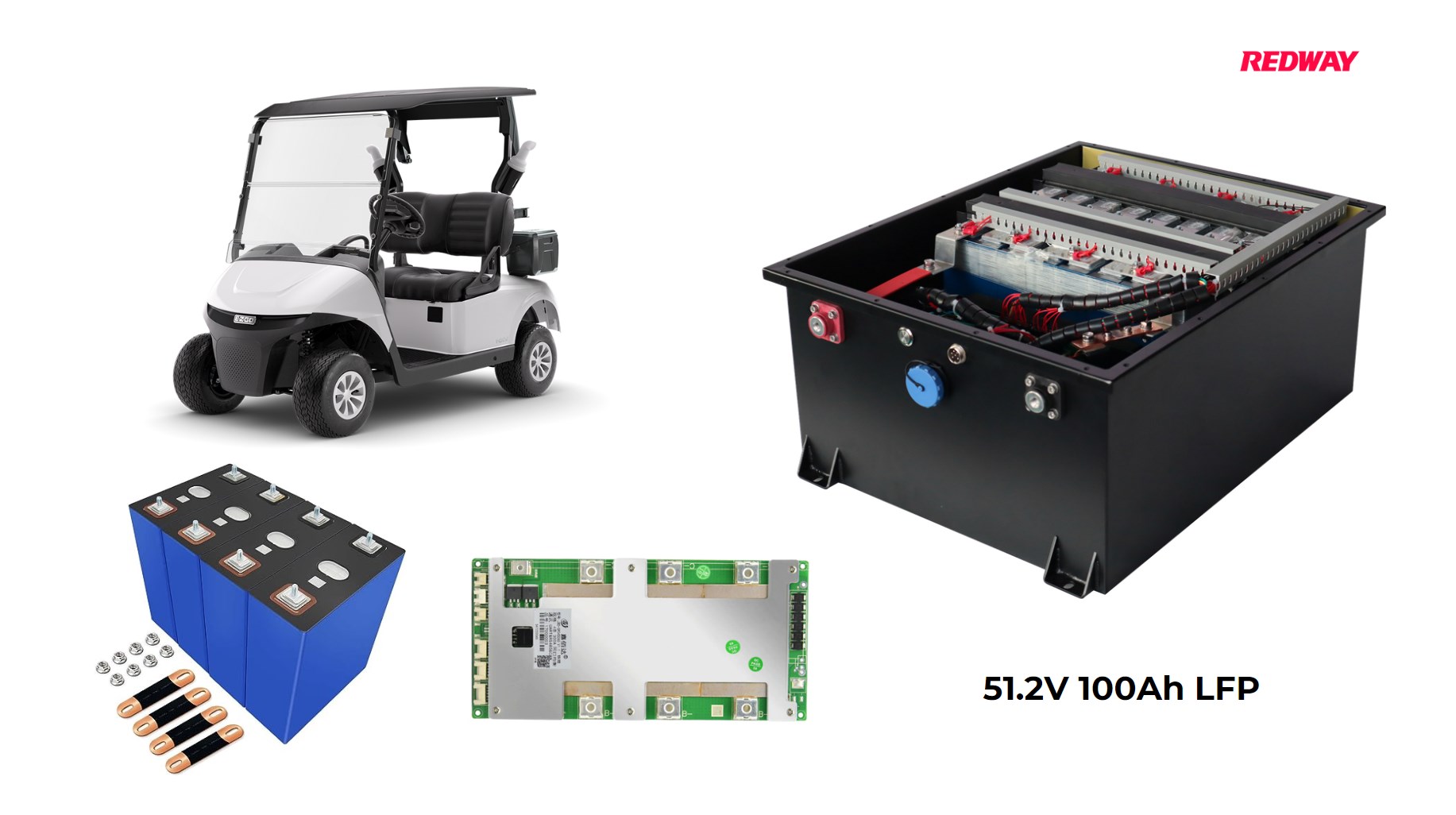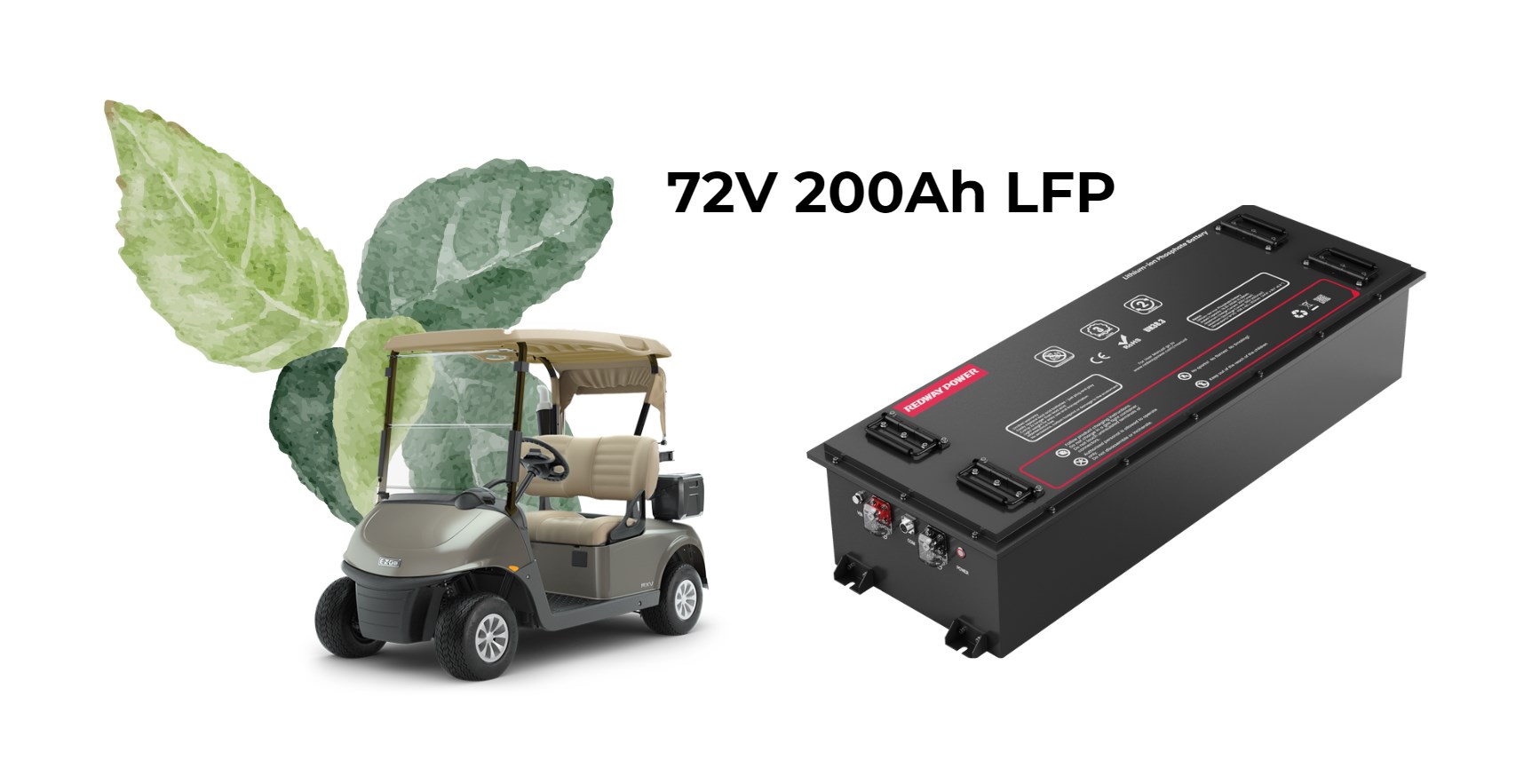What Environmental Impact Do LiFePO4 Golf Cart Batteries Have?
LiFePO4 golf cart batteries have a minimal environmental impact. They are made from non-toxic materials, last longer than traditional batteries, and reduce waste. Their recyclability further enhances their eco-friendliness, making them a sustainable choice for energy storage.
How Do LiFePO4 Batteries Reduce Environmental Impact?
LiFePO4 batteries reduce environmental impact by eliminating harmful heavy metals like lead and cobalt. Their longer lifespan means fewer batteries are produced and disposed of, which decreases waste and pollution associated with battery manufacturing and disposal.
LiFePO4 batteries reduce environmental impact through several key factors:
- Non-Toxic Materials: Unlike lead-acid batteries that contain hazardous lead and sulfuric acid, LiFePO4 batteries use lithium, iron, and phosphate, which are less harmful.
- Recyclability: The materials used in LiFePO4 batteries can be recycled more efficiently than lead-acid components, minimizing waste.
- Lower Carbon Footprint: Their higher energy efficiency means less energy is wasted during charging and discharging cycles.
What Are the Long-Term Environmental Benefits of Using LiFePO4?
The long-term environmental benefits of using LiFePO4 batteries include reduced resource consumption due to their durability, lower carbon emissions from manufacturing processes, and less landfill waste since they last significantly longer than lead-acid batteries.
- Reduced Waste: With lifespans of up to 10 years or more, fewer batteries need to be produced and disposed of compared to lead-acid batteries that typically last 2-5 years.
- Lower Resource Extraction: The production of lithium batteries requires fewer resources over time due to their longevity.
- Less Pollution: Manufacturing processes for lithium batteries generate fewer pollutants compared to those for lead-acid batteries.
Know More:
How Recyclable Are LiFePO4 Golf Cart Batteries?
How Do LiFePO4 Batteries Contribute to Sustainable Golfing Practices?
What Environmental Impact Do LiFePO4 Golf Cart Batteries Have?
What is the Carbon Footprint of LiFePO4 Batteries Compared to Lead-Acid?
How Do LiFePO4 Batteries Contribute to Sustainable Practices?
LiFePO4 batteries contribute to sustainable practices by providing a cleaner energy source for golf carts. They support renewable energy integration and help reduce the overall carbon footprint of golf courses, promoting eco-friendly operations.
- Supporting Renewable Energy: They can be integrated with solar power systems for efficient energy storage.
- Enhancing Efficiency: Their ability to provide consistent power output reduces energy waste during operation.
- Promoting Eco-Friendly Solutions: By using less toxic materials, they align with broader environmental goals.
How Can Users Ensure Proper Disposal of LiFePO4 Batteries?
Users can ensure proper disposal of LiFePO4 batteries by taking them to designated recycling centers or participating in battery take-back programs offered by retailers. Avoid throwing them in regular trash to prevent environmental harm.
- Follow Local Regulations: Check local guidelines for battery disposal and recycling.
- Use Certified Recycling Centers: Take used batteries to certified facilities that specialize in lithium battery recycling.
- Participate in Return Programs: Some manufacturers offer take-back programs for old batteries.
What Are the Differences in Toxicity Between Battery Types?
LiFePO4 batteries are less toxic than lead-acid batteries, which contain hazardous materials like lead and sulfuric acid. LiFePO4 batteries do not release harmful chemicals during use or disposal, making them a safer choice for the environment.
- Lead-Acid Toxicity: Contain hazardous lead which poses risks during disposal and can contaminate soil and water.
- LiFePO4 Non-Toxicity: Made from iron phosphate, which is safe for the environment and poses minimal health risks.
Expert Views:
“Switching to LiFePO4 technology not only enhances performance but also aligns with sustainable energy practices,” states an expert from Redway. “By reducing environmental impact through better materials and longer lifespans, users contribute positively toward a greener future.”
Conclusion
LiFePO4 golf cart batteries represent a significant advancement in environmentally friendly battery technology. Their non-toxic composition, recyclability, and efficiency contribute to reduced environmental impact compared to traditional lead-acid options, making them an excellent choice for sustainable golfing practices.
FAQ Section
- What makes LiFePO4 batteries environmentally friendly?
LiFePO4 batteries are made from non-toxic materials and are more easily recyclable than lead-acid batteries. - How long do LiFePO4 batteries last compared to lead-acid?
LiFePO4 batteries can last up to 10 years or more, while lead-acid typically last 2-5 years. - What should I do with old LiFePO4 batteries?
Old LiFePO4 batteries should be taken to certified recycling centers that specialize in lithium battery disposal.






